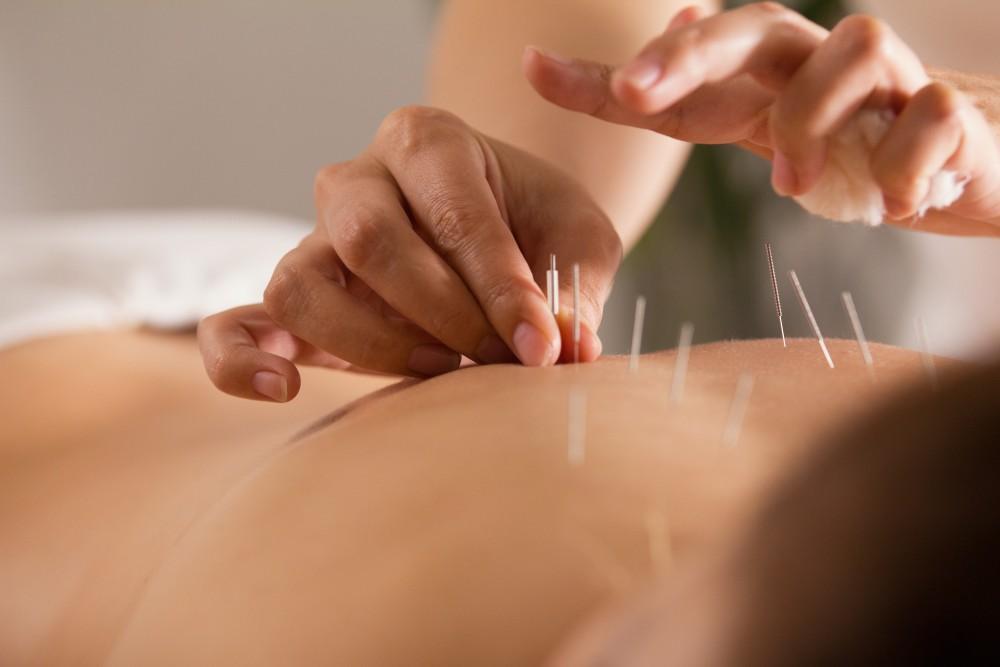
What to Do if You're Concerned About Physical Therapy Pain

Did you know that physical therapy (PT) can cause some pain after a session? However, this is good pain. In fact, it’s a variation on the “no pain, no gain” rule that’s often connected with exercise and workouts.
It’s true, you may have discomfort and soreness as an after-effect of your PT session. However, there’s a difference between the injury or pain you’re trying to correct and the therapeutic effects you experience after a session with our therapists.
At Herald Square Chiropractic and Sport, we believe physical rehabilitation is a crucial part of treatment for people expanding or recovering their range of motion. PT is an excellent complement to chiropractic care, ultimately helping you retain the benefits of therapy while working toward future injury prevention.
When you’re concerned about pain after a PT session, it can dampen your enthusiasm for treatment. While PT discomfort may be unavoidable, you can take steps to manage your recovery.
The more you understand the process, the better you’ll know what to do if you’re concerned about physical therapy pain.
Why do I hurt after a PT session?
As with any exercise, physical exertion, or sports participation, there’s often discomfort and soreness after a PT workout. Some consider this “good” pain — a sign that the efforts are producing results.
However, if you’re already dealing with a pain problem, the thought of additional discomfort can be discouraging. However, it’s a sign that your body responds to the PT sessions, adapting and strengthening to overcome the original condition or injury.
Delayed onset muscle soreness (DOMS) is the most common reason for soreness after a PT session, particularly if emerging pain takes 12 hours or longer to present. DOMS is thought to stem from tiny tears in muscle fibers that stimulate a healing response that adds bulk and strength.
However, you can minimize the impact of DOMS with a few home care techniques that take the edge off any additions to your existing pain burden.
Coping with pain from physical therapy sessions
Consider these strategies to reduce the effects of physical therapy discomfort and pain:
Rest
Your body needs downtime to allow time for the repair cycle. In addition to your regular sleep schedule, taking it easy after a PT session is a good plan that helps maximize treatment.
In particular, avoid exertion or motions that increase your discomfort. Without rest, you risk reinjury and prolonged pain.
Hydration
Drinking plenty of water before and after your session can help to keep lactic acid levels in check.
Ice and heat
Cold compresses and ice help relieve inflammation and pain, while heating pads and warm compresses improve circulation and muscle relaxation.
Gentle stretches
As long as movement doesn’t create sharp or intense pain, light stretching of muscles after a PT session can minimize tightness, improve circulation, and promote your recovery.
Ask us about massage therapy, too. It’s a great way to focus blood flow and muscle relaxation after a PT appointment.
Contact Herald Square Chiropractic and Sport in Midtown, New York City, to learn more about managing pain after physical therapy. Call or click to book an appointment today.
You Might Also Enjoy...


Why Is the Gonstead System Considered the "Gold Standard"?

Why Is Ergonomics Important?

5 Ways to Relieve Your Chronic Joint Pain

5 Common Myths About Acupuncture


